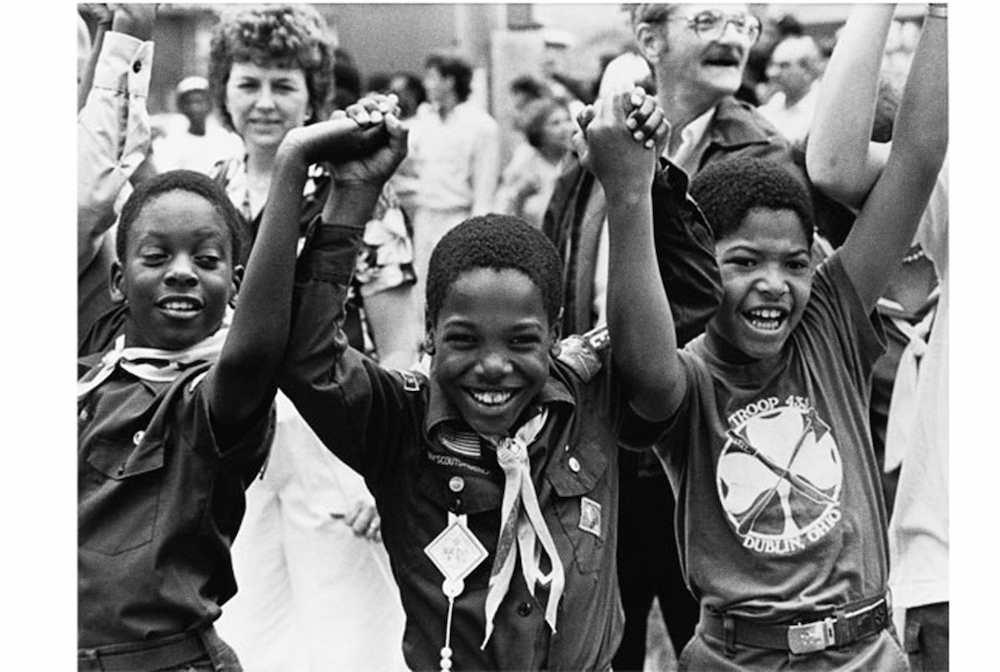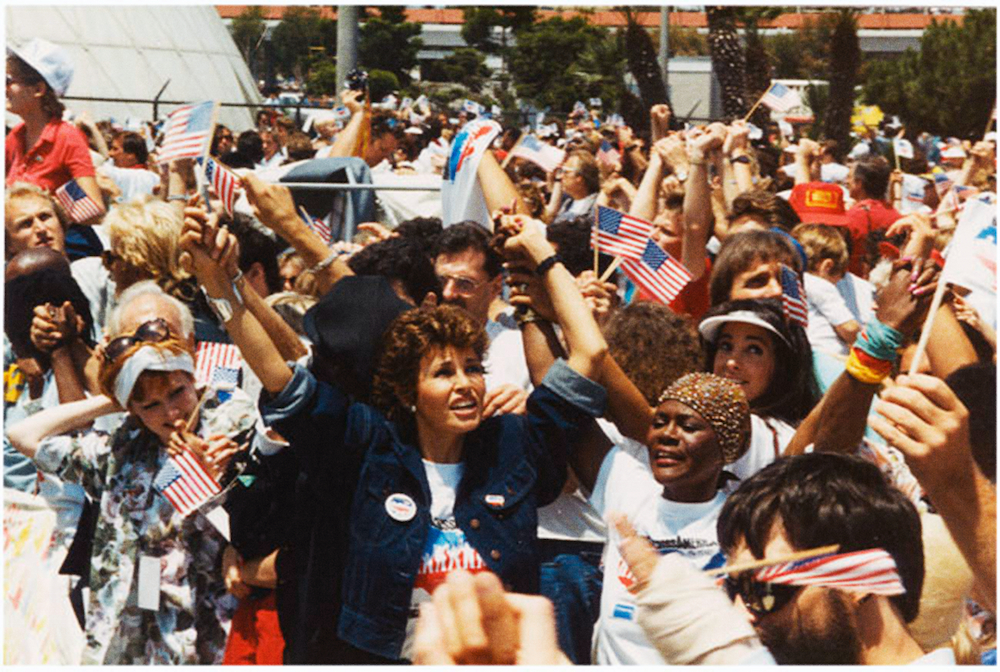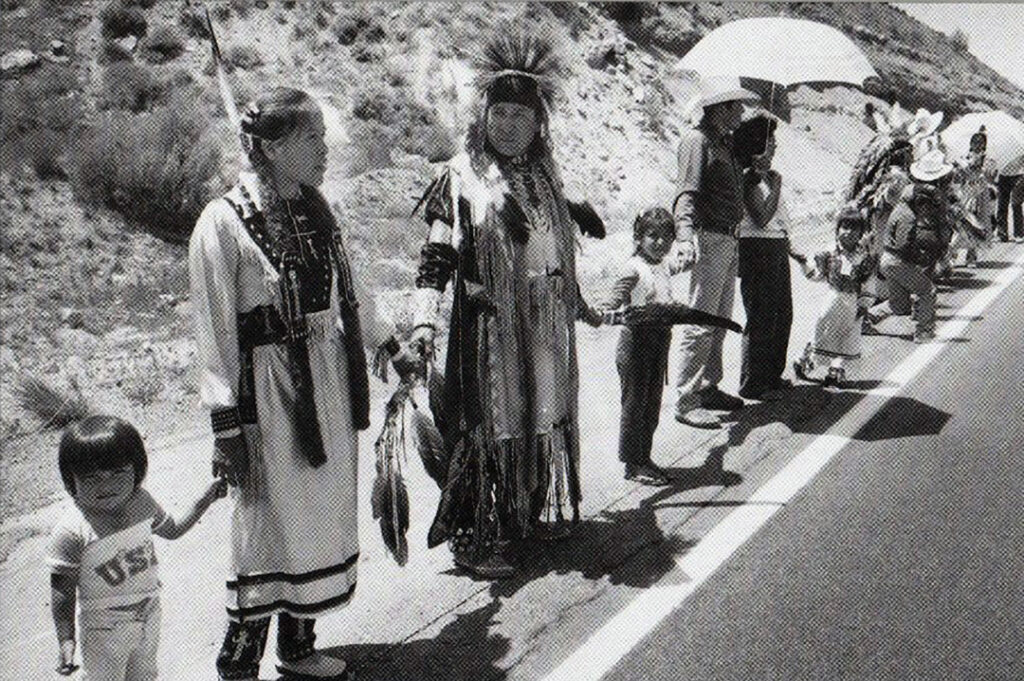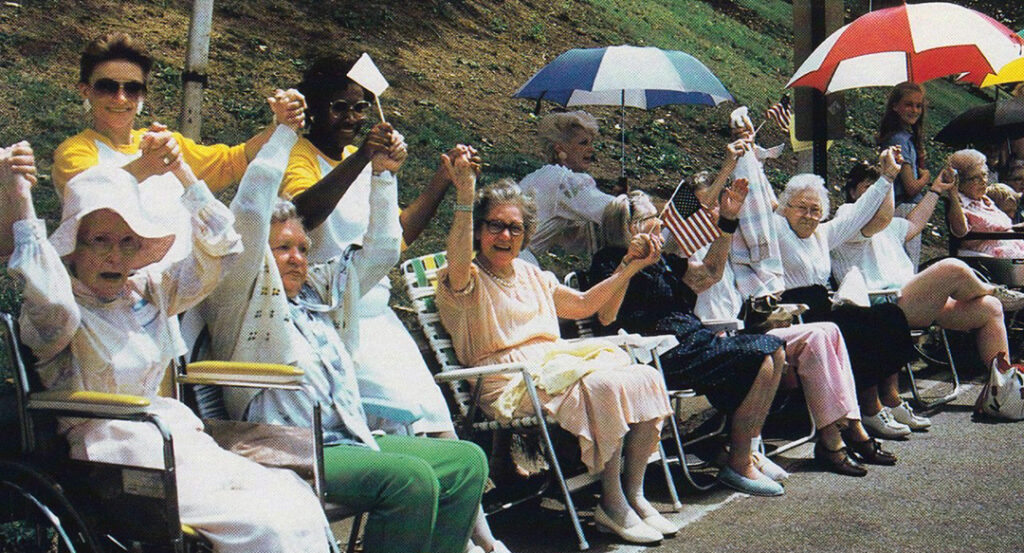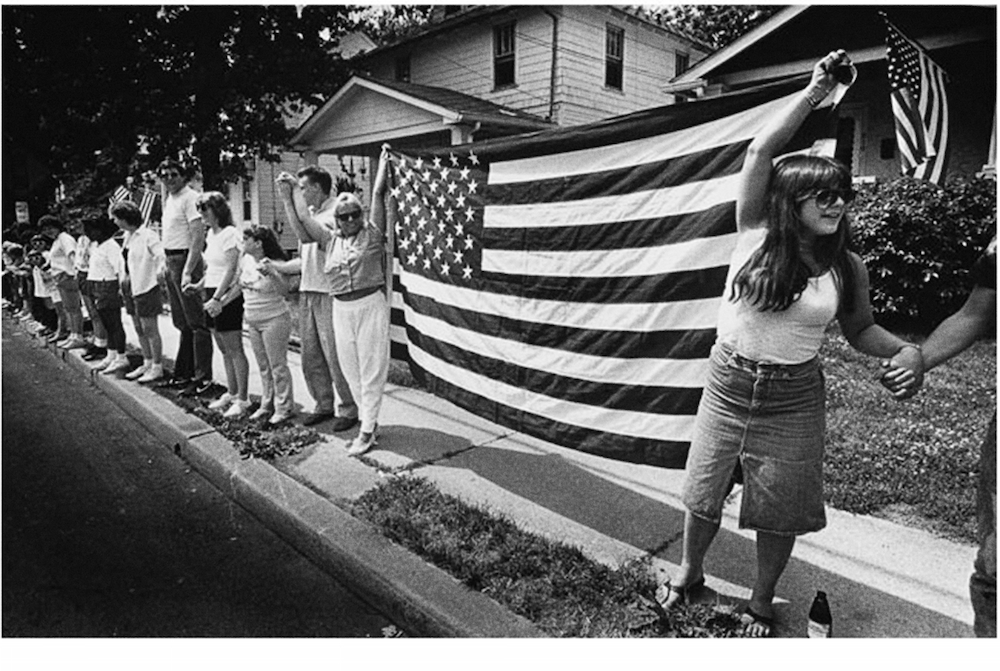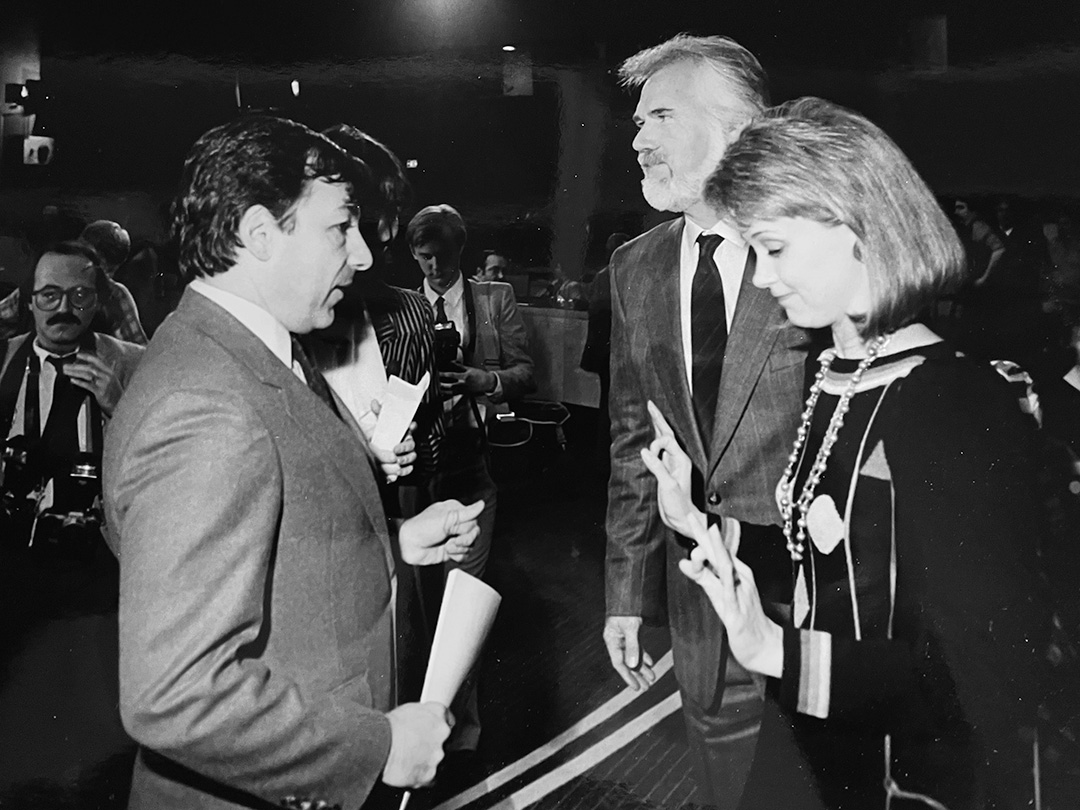
Marty Rogol – Led the efforts to unite Americans with “Hands Across America”
In an era where populist activism was experiencing some new life, Brother Marty Rogol (U of Cincinnati ’66) was a public interest attorney who became a key figure in Hands Across America, an event that raised awareness to fight poverty and hunger and united millions of Americans in a single cause — forming a human chain spanning the continental United States.
An idea that was “crazy enough to be worthwhile”
Hands Across America was born out of a desire to create a national consensus that hunger and homelessness in America were a reality, and encourage individuals and organizations to “join hands” to help provide solutions for the problem.
Marty said, “It was a unique time. Many Americans were more concerned, outwardly at least, for themselves.” But he found when the public was well-informed about real stories of people who were genuinely struggling, they would rise to answer the call.
Highly publicized charitable events in the 80s like Live Aid, Comic Relief, Farm Aid, and We Are the World mobilized celebrities to donate their time and talents to raise awareness. Those efforts opened the consciousness of Americans, while opening the door for the ambitious goals of Hands Across America.
Working with socially conscious advocates in the entertainment industry, Marty established a charitable organization called USA for Africa, which produced both We Are the World and Hands Across America. Marty said “The success of We Are the World gave us a certain level of credibility.”
Bringing together millions of people across America proved to be a bigger challenge. Serving as the COO for USA for Africa, Marty approached the project with optimism, though he admitted, “We were probably a little full of ourselves as a result of the success of We Are the World.” He set an unwritten rule for volunteers who traveled cross country “no window seats” on a plane, because “if you look down and saw the magnitude of the task, you’d freak out.”
The journey to helping others in need
Marty was a product of a period of activism in the 60s. After his years at Cincinnati, he went to law school. Instead of corporate law or a private practice, Marty chose to serve in AmeriCorps, a federal agency for national service and volunteerism.
Later he became General Council for the Connecticut Citizens Action Group, which was an organization set up by consumer advocate Ralph Nader. While working with Nader, he met singer-songwriter Harry Chapin saying, “Harry was ahead of his time. He was one of the leaders of artists who were involved in the issues.”
This opened up a network of artists and celebrities dedicated to activism. Marty met Kenny Rogers through both Chapin and Ken Kragen, a music manager and non-profit consultant. Marty said, “After Harry was killed in an auto accident, Kenny asked for a project he could support. That became the World Hunger Media Awards which I helped produce, and then at each of Kenny’s concerts in 1984, I organized food drives that produced 2,000,000 pounds of food collected for those in need.”
Making Hands Across America a reality
Getting millions of Americans to join hands from coast to coast in support of the cause was a monumental challenge. It needed the support of institutions, corporations, celebrities, and people.
The idea was pitched to companies and consumer brands who offered financial and PR support. Many corporate leaders said Hands Across America provided an internal and external “sense of community.”
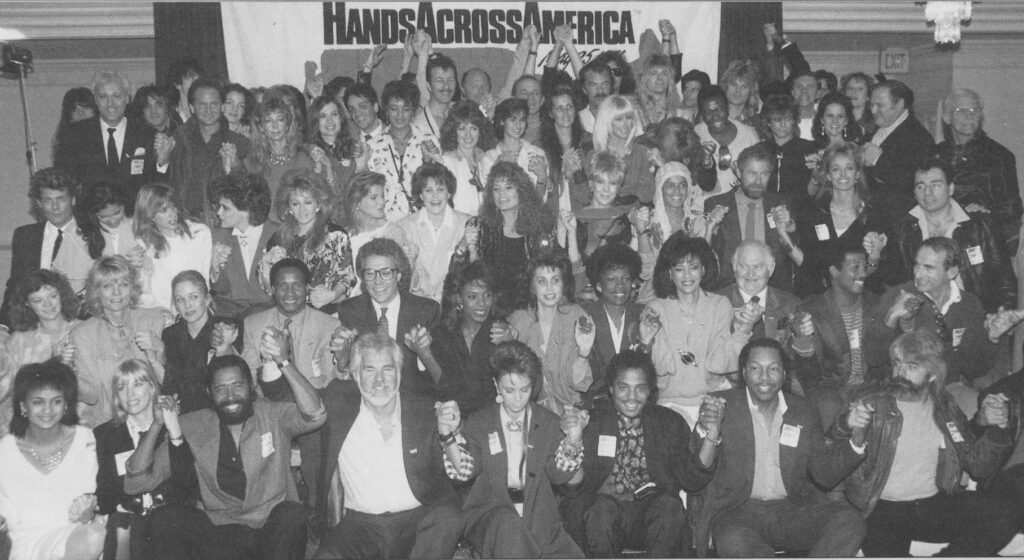
There was an outpouring of enthusiastic support from some of the biggest names in the entertainment industry including: Kenny Rogers, Lionel Richie, Steven Spielberg, Raquel Welsh, Whoopi Goldberg, Raul Julia, and Oprah Winfrey, among so may others who used their platforms to build public interest. When the media picked up on it and began to publicize the event it really took off, and the American people responded.
Marty said his day-to-day responsibilities were to “manage chaos.” He compared the project to managing a political campaign: building awareness, getting the word out, finding people sympathetic to the cause, informing them about the cause, and getting them to sign up for a place in line. All of this before the Internet.
Seven million Americans signed up to take collective action
On May 25, 1986, millions of people joined hands from coast to coast to be a part of Hands Across America, an unprecedented event that would raise awareness, money, and unite people of all walks of life.
The event confirmed that people were “hungry” for personal connections and community involvement that seemed to erode in the 1980s. The event was a testament to an indomitable public will by a group of diverse Americans.
Even unlikely supporters embraced the event. When it gained momentum and national attention, President Ronald Reagan and First Lady Nancy joined Hands Across America from the White House, and it softened views of even hardline conservatives on the power of public sentiment to address homelessness, and domestic and worldwide hunger.
Lasting effects from Hands Across America
Marty remarked, “People had a wonderful time. The connection that people felt was worth almost as much as the money raised.”
Hands Across America raised over $25 million which was distributed to organizations all over the country who desperately needed the funding.
The groundswell of American activism also lead the House appropriations committee to provide significantly increased funding for domestic poverty and International famine.
Hands Across America provided a sense of community and commitment for individuals and businesses to become more involved with homelessness and poverty. Marty said, “Did it solve hunger? No. But for 15 minutes, we held hands across America, and the country was united. It was a vibe that changed the culture of America.”
Photos courtesy of Marty Rogol and USA for Africa.




